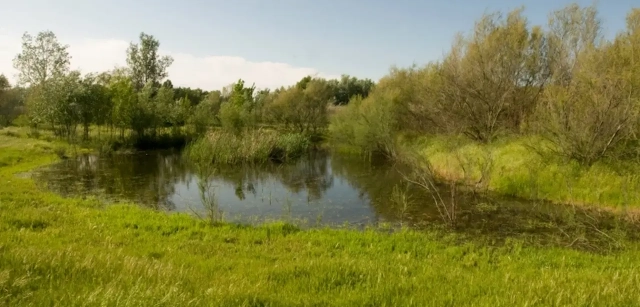A total of 14 cases of covertly translocated populations were recorded, involving 10 freshwater vertebrate species (six fish and four amphibians). Leer más.







A total of 14 cases of covertly translocated populations were recorded, involving 10 freshwater vertebrate species (six fish and four amphibians). Leer más.

Our study provides an overview of covert rewilding to increase the visibility of this conservation issue, as well as to advocate for the implementation of preventive actions as the most cost-effective management approach. Leer más.

Hasta 14 poblaciones de peces y anfibios amenazados han sido introducidas de forma clandestina en el sureste ibérico, fuera de su área actual de distribución natural y sin evaluación previa de riesgos. Leer más.
Las poblaciones de anfibios madrileños están cada vez más aisladas por barreras ecológicas como áreas de montaña, zonas urbanizadas, ríos de gran caudal o embalses. Proponen la creación de corredores ecológicos que conecten los hábitat y faciliten el movimiento. Leer más.

The 12S vertebrate primer set outperformed the 16S amphibian primer set and detected all expected amphibians in the study area: Bufo bufo, Lissotriton vulgaris, Pelobates fuscus, Pelophylax spp., Rana temporaria and Triturus cristatus. Bsal was detected at 8 of 27 ponds. Leer más.